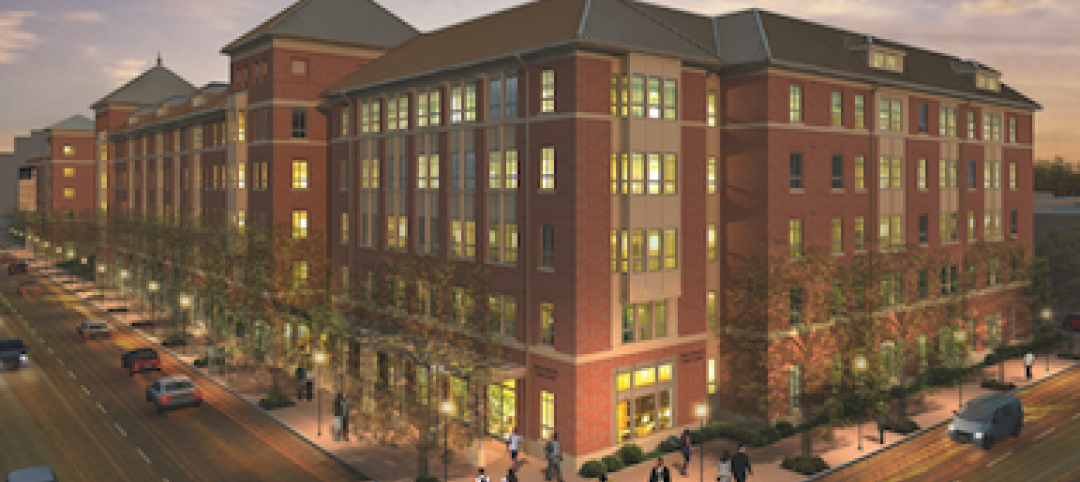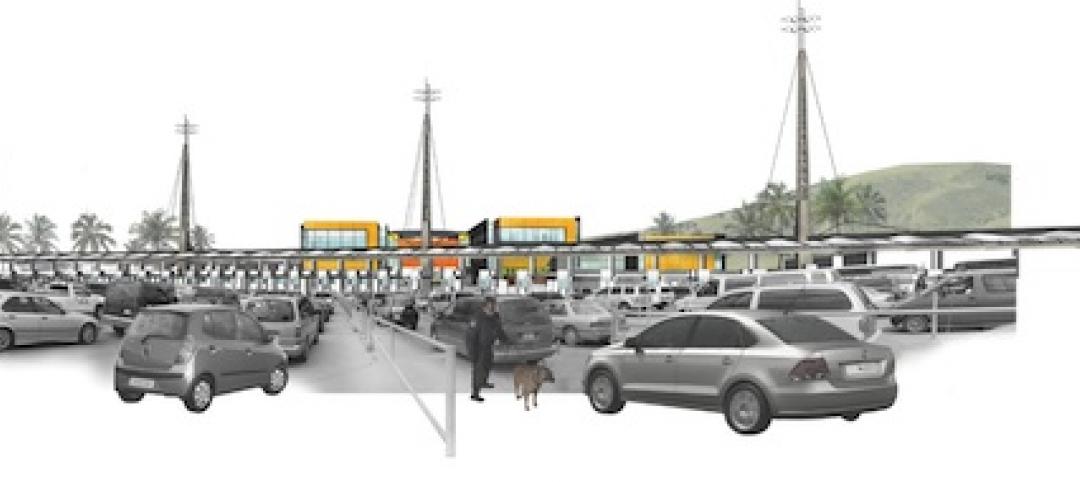BD+C: Why do you state that cities are “our greatest invention”?
Edward Glaeser: Cities matter because they magnify mankind’s greatest strengths. They help form the chains of collaboration and creativity that are behind everything that mankind has been able to do. Mankind’s greatest talent is the ability to learn from each other, and we learn more deeply and thoroughly when we’re face-to-face.
BD+C: You state that massive construction projects—stadiums, light rail, convention centers, etc.—cannot “stem the tidal forces of urban change.” Should mayors and city councils in declining cities just give up?
EG: I believe that there’s been a tendency to confuse cities with their structures. Cities are their people. There are places that need more structures, and they need fewer barriers to development. When you have artificial barriers, such as unrealistic height restrictions and burdensome environmental impact reports, there are tremendous costs from that. Declining areas have too many structures compared to the number of people.
The terrible thing about this strategy is that cities like Detroit need to invest in their children, so that they have the skills to survive in this economy. New sports arenas and the like are enormously expensive and distract city councils and mayors from the core business of providing a brighter future for the children of their cities through education.
BD+C: Detroit has become the poster child of the declining city. Do you have any advice for Mayor Dave Bing?
EG: If you look across the older colder-climate cities, the cities that have come back are those with the largest share of college degrees. Only 12% of Detroit adults have college degrees. I think Mayor Bing is being realistic about Detroit’s prospects. He’s a businessman. I would push him most on leveraging power of things like charter schools, and on top of that, fighting back against some of the regulations that still make it difficult to do business in the city. I was there recently, and there was a woman who was trying to start a business, a food truck, and she couldn’t get a permit because of regulations.
BD+C: “Poverty is usually a sign of a city’s success,” you write.
EG: The key point is that, throughout much of the world, cities attract poor people with the promise of jobs, cheap transportation, relatively affordable housing, and social services. That’s something cities shouldn’t be ashamed of.
BD+C: You advocate reducing the home mortgage interest deduction, which you cleverly call “a sacred cow in need of a good stockyard.” Aren’t you swimming in shark-infested waters here?
EG: It’s the job of an academic to do that. But there are two signs that this is being considered. The Administration’s federal housing finance reform package came out with a clear message that we should not be encouraging everyone to become a homeowner; and in the President’s budget, he sees a restriction on the amount of deductions you could take. The plan I like is to lower the upper limit of $1 million by $100,000 a year over several years.
BD+C: You comment on policies for “aesthetic interventions,” as espoused by the urbanist Richard Florida, versus “urban basics,” like public safety and good schools. Could you expand on that?
EG: Good public art is good, if it’s cheap. But you can’t tell a mayor that you really should have a public arts program, rather than getting the schools in order and having a well-functioning police department. The arts can’t be seen as something that’s going to trump the basics.
Take the case of Bilbao. That museum certainly generated a lot of tourism, but how many jobs were created? Bilbao is the one such project that hit the jackpot. How many others were subsidized, as in Sheffield, England, where the National Centre for Popular Music closed the year it opened. These projects come and go, with massive subsidies, and you have to be wary of them.
BD+C: What about the balkanization of our school districts? Should school funding be more equalized, no matter where the child lives?
EG: This is obviously a huge issue. The most helpful things we have seen so far have been the charter schools. Being an economist, I think competition among schools is the best way to keep upwardly mobile families staying in the city. The great urban virtues are competition and entrepreneurship, and that’s what we’ve not done with our public schools, which are large public monopolies. And because cities do attract poor people, for many reasons, it shows how hard it is to move that dial, even when, as in Chicago and New York and Washington, D.C., you have some of the best people working on the problem.
BD+C: You also state that immigration is “essential to urban success.” That’s hardly a popular sentiment in many parts of the U.S.
EG: Immigration is absolutely essential to the success of our cities. The case is easiest to make for H-1B visas, where we get skilled workers who are going to add energy to the economy, pay more in taxes than they’re going to take out, and who are not going to cause social problems. We should be enabling more people who are skilled and want nothing more than to work in America. Cities are good for immigrants and immigrants are good for cities. BD+C
Related Stories
| Sep 13, 2010
Second Time Around
A Building Team preserves the historic facade of a Broadway theater en route to creating the first green playhouse on the Great White Way.
| Sep 13, 2010
Palos Community Hospital plans upgrades, expansion
A laboratory, pharmacy, critical care unit, perioperative services, and 192 new patient beds are part of Palos (Ill.) Community Hospital's 617,500-sf expansion and renovation.
| Sep 13, 2010
China's largest single-phase hospital planned for Shanghai
RTKL's Los Angles office is designing the Shanghai Changzheng New Pudong Hospital, which will be the largest new hospital built in China in a single phase.
| Sep 13, 2010
Richmond living/learning complex targets LEED Silver
The 162,000-sf living/learning complex includes a residence hall with 122 units for 459 students with a study center on the ground level and communal and study spaces on each of the residential levels. The project is targeting LEED Silver.
| Sep 13, 2010
World's busiest land port also to be its greenest
A larger, more efficient, and supergreen border crossing facility is planned for the San Ysidro (Calif.) Port of Entry to better handle the more than 100,000 people who cross the U.S.-Mexico border there each day.
| Sep 13, 2010
Triple-LEED for Engineering Firm's HQ
With more than 250 LEED projects in the works, Enermodal Engineering is Canada's most prolific green building consulting firm. In 2007, with the firm outgrowing its home office in Kitchener, Ont., the decision was made go all out with a new green building. The goal: triple Platinum for New Construction, Commercial Interiors, and Existing Buildings: O&M.
| Sep 13, 2010
Stadium Scores Big with Cowboys' Fans
Jerry Jones, controversial billionaire owner of the Dallas Cowboys, wanted the team's new stadium in Arlington, Texas, to really amp up the fan experience. The organization spent $1.2 billion building a massive three-million-sf arena that seats 80,000 (with room for another 20,000) and has more than 300 private suites, some at field level-a first for an NFL stadium.
| Sep 13, 2010
'A Model for the Entire Industry'
How a university and its Building Team forged a relationship with 'the toughest building authority in the country' to bring a replacement hospital in early and under budget.
| Sep 13, 2010
Committed to the Core
How a forward-looking city government, a growth-minded university, a developer with vision, and a determined Building Team are breathing life into downtown Phoenix.
















